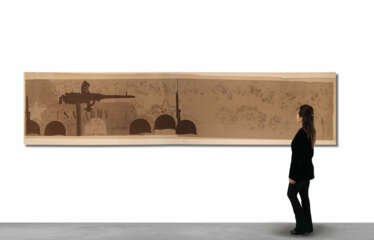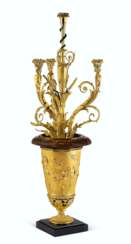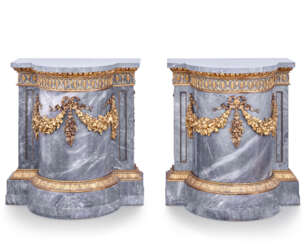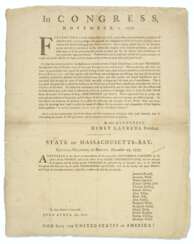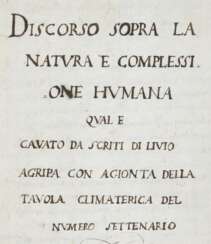franco del cal

Pino Pascali is an Italian sculptor, conceptual artist, graphic designer and stage designer, one of the forerunners of the art povera style.
He studied scenography at the Academy of Art in Rome, then worked in television as a designer and cameraman, and at the same time experimented with different materials.
Pascali began to create colorful works influenced by pop art in different styles and media. He used old cans, plastic brushes, fake fur, colored water, hay, mud... One of Pascali's most impressive works is Bridge (1968), an eight-meter bridge made of steel sponges.

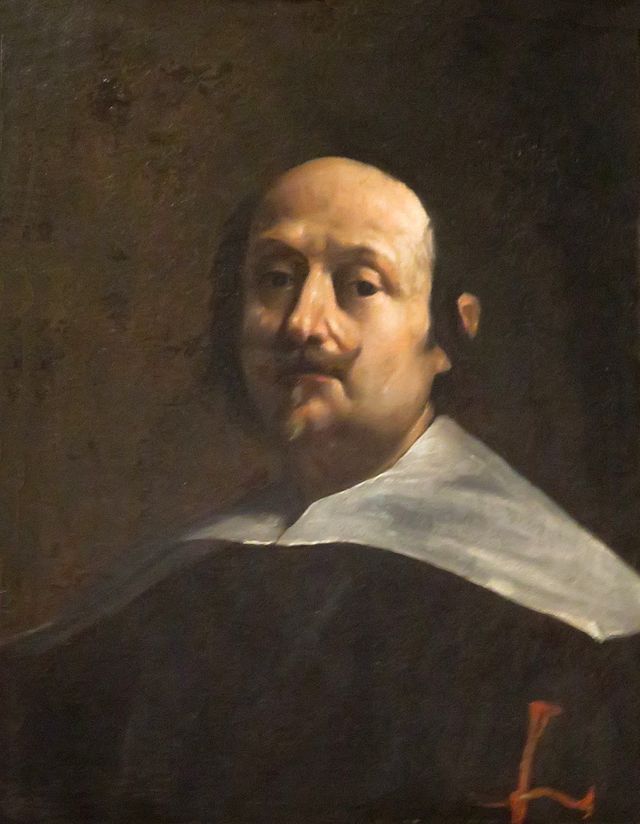


François-Alfred Delobbe was a French naturalist painter.
At the age of 16 he entered the École des Beaux-Arts de Paris, first painting mythological, orientalist and genre scenes in an academic style. He then continued his studies in the studio of William-Adolphe Bouguereau, who encouraged him to concentrate on mythological scenes and portrait painting. In 1861, Delobbe made his debut at the Salon des Artistes Français with a portrait of his mother, which received a favorable critical response in the Parisian press. Throughout the 1860s, Delobbe enjoyed continued success at the annual Salon.
In these same years, the government commissioned him to paint frescoes for the town hall in the new 15th arrondissement of Paris. The importance of this large-scale project for the career of Delobbe can not be overestimated, it was with him that the artist began the rise of his career.
In the mature period of creativity, Delobbe's favorite theme became children and young women at work: they embroider lace or sift grain, evoking associations with the artist's favorite Brittany. Delobbe's Breton paintings were highly prized in the Paris salons for many years.


William Shakespeare was a British poet and playwright and writer.
William's father, John Shakespeare, was a merchant and official in Stratford. There are reports that he was a sailor for a time before joining a theater company in London. Beginning in the 1590s, Shakespeare began writing plays, and in 1593 he published a poem, Venus and Adonis, which became popular. He dedicated it to the Duke of Southampton, who was a philanthropist and patron of talent, and soon his business was booming.
From 1592 to 1600 Shakespeare wrote his dramas and romantic comedies "Richard III", "The Taming of the Shrew", "Romeo and Juliet", "A Midsummer Night's Dream" and "The Merchant of Venice", as well as the comedies "Much Ado About Nothing", "Twelfth Night" and the tragedy "Julius Caesar". The playwright's business was so successful that he even bought a large house in Stratford. In 1599, Shakespeare became one of the owners, playwright and actor of the new theater "Globe". In 1603 King James took Shakespeare's troupe under his direct patronage. In the mature period, the great playwright turned to tragedies, there were "Hamlet", "Othello", "King Lear", "Macbeth" and others.
Although in the 19th century researchers had some doubts about the authorship of many of these works, William Shakespeare is considered the greatest English playwright, one of the best playwrights in the world. His plays have been translated into all major languages and to this day form the basis of the world theatrical repertoire, most of them have been screened many times. According to the Guinness Book of Records, Shakespeare remains the world's best-selling playwright, and his plays and poems have sold more than 4 billion copies in the nearly 400 years since his death.



Gentile da Fabriano was an Italian painter known for his participation in the International Gothic painter style. He worked in various places in central Italy, mostly in Tuscany. His best-known works are his Adoration of the Magi from the Strozzi Altarpiece (1423), and the Flight into Egypt. Following a visit to Florence in the 1419, he came in contact with humanism, which influenced his work throughout the rest of his career. He became highly influential for other painters in Florence, especially because of his use of detail based on the observations he made of the natural world.


Bartolomeo Guidobono, also known as Prete di Savona, was an Italian Baroque painter.
He was born into a potter's family and learned the basics of ceramics and painting from his father, who worked for the royal palace of Savoy. Guidobono later worked in Parma, Venice and Genoa, painting frescoes and canvases in churches and chapels, as well as in the royal palaces of Savoy. The artist's style was shaped by the influence of Ferrari, Correggio and Caravaggio.



Joan Miró, a celebrated Spanish artist, was a master in painting, sculpture, and ceramics, renowned for his unique style that blurred the lines between Surrealism, Fauvism, and Expressionism. Born in Barcelona to a family of a goldsmith and a watchmaker, Miró grew up immersed in the rich cultural heritage of the Barri Gòtic neighborhood. His artistic journey began with drawing classes at the age of seven and continued at the prestigious La Llotja art academy. Despite an initial venture into the business world, Miró's passion for art prevailed, leading him to abandon his clerical career after a nervous breakdown.
Miró's work is noted for its exploration of the subconscious, often depicting a childlike perspective. This approach was both a critique of traditional painting methods and a means of expressing Catalan pride. His art, challenging to categorize, often featured symbolic elements and nationalistic qualities. One of his notable early works, "The Farm," reflects a transition to a more individual style, blending elements of his Catalan roots with broader artistic influences. This piece, later purchased by Ernest Hemingway, encapsulated the essence of Spain in its imagery.
In Paris, Miró joined the Surrealist movement in 1924, where his work began to reflect the influence of automatism, emphasizing spontaneous, automatic, or subconscious creation. He experimented with various mediums, including painting-poetry and collage, and even ventured into set and costume design for Sergei Diaghilev's Ballets Russes.
During World War II, Miró remained in Spain, and his work from this period, including the 22 Constellations series, reflected an interest in the night, music, and stars. His forms became increasingly abstracted, and he experimented with various techniques, often incorporating primary colors and evocative titles.
Miró's career spanned several decades, during which he continually evolved his style and explored new mediums. His contributions to art were recognized with numerous awards and retrospectives, including a major career retrospective at MoMA in 1941 and the Spanish Gold Medal for Fine Arts in 1980. Among his last major works was a tapestry for the World Trade Center in New York City, created in 1974.
For art collectors and enthusiasts, Joan Miró remains a figure of immense interest, not only for his distinct style and contributions to Surrealism but also for his ability to blend poetic imagery with political commentary. To stay updated on new product sales and auction events related to Joan Miró, sign up for our updates and immerse yourself in the world of this extraordinary artist.









